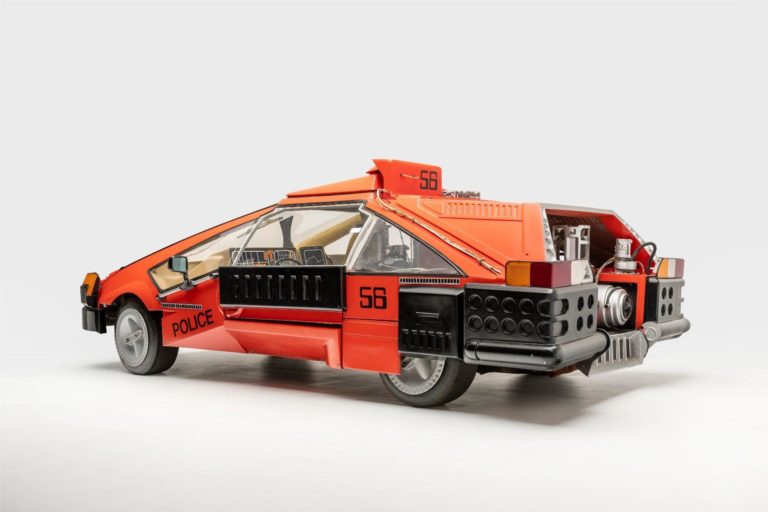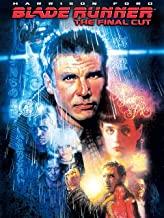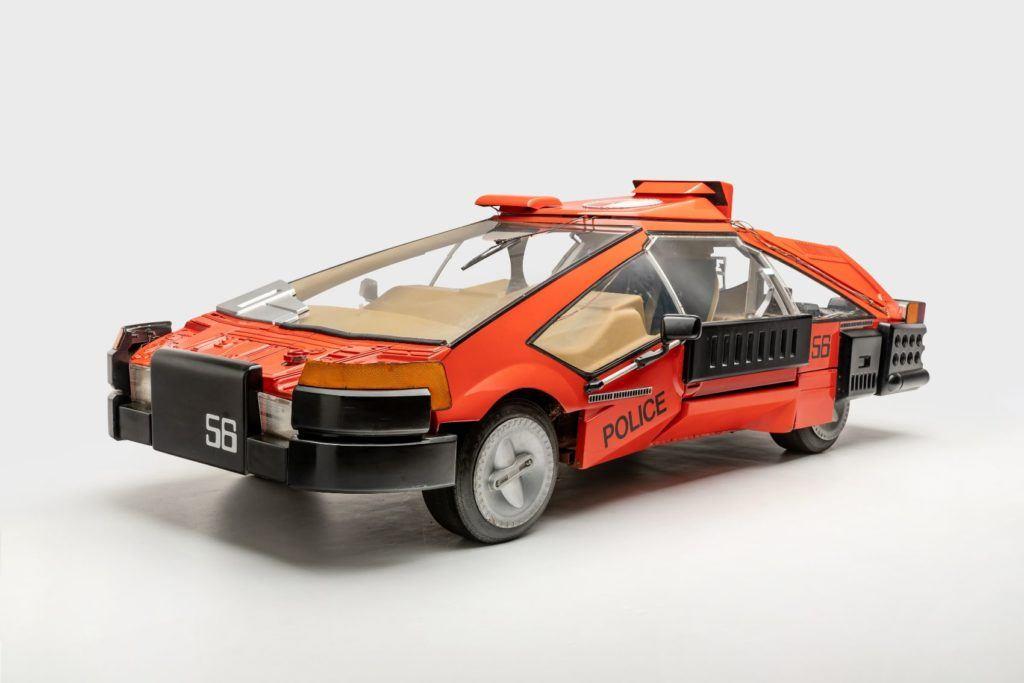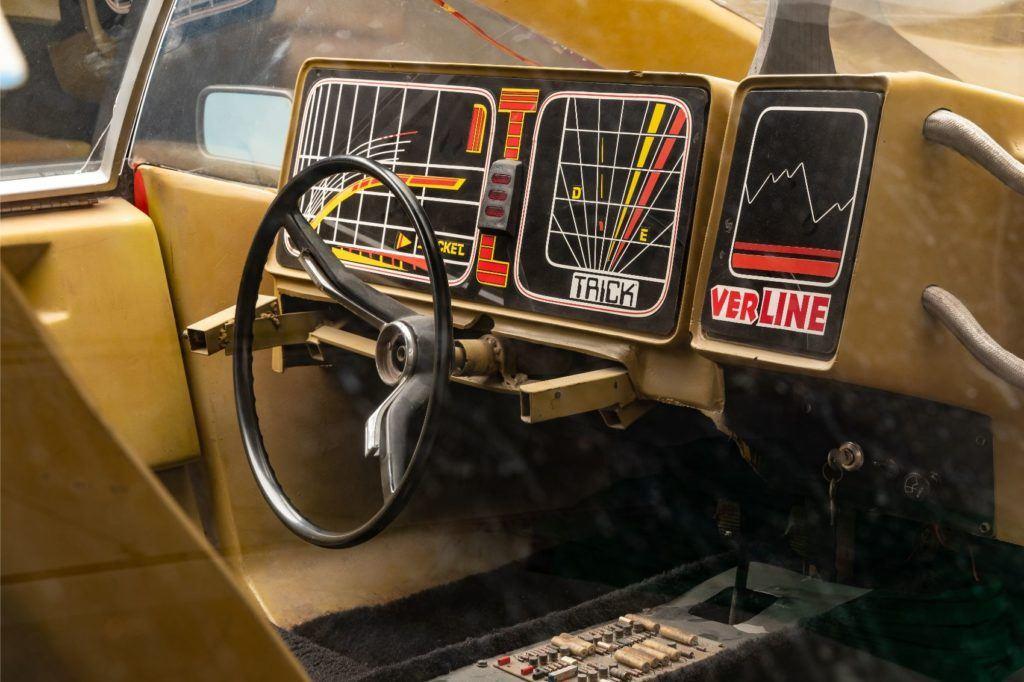
 Дата выхода 25 июня 1982 годаДиректорРидли СкоттДлина 1 час 57мГде смотретьAmazon Prime
Дата выхода 25 июня 1982 годаДиректорРидли СкоттДлина 1 час 57мГде смотретьAmazon Prime
Blade Runner был выпущен в 1982 году и приземлился с глухим стуком. Он не пошел никуда в кассе, и только позже набрал обороты и последовал культ, когда он был выпущен на VHS. Набор в мрачном, грязном, многолюдном Лос-Анджелесе 2019 года (только в прошлом году!) Бегущий по лезвию показал нам будущее опустошения окружающей среды и медленного, неумолимого уничтожения человечества, одного человека за раз, в погоне за всемогущим доллар.
Как и все великие произведения искусства, это поднимает некоторые важные вопросы о том, что делает нас людьми; как человек поддерживает свою человечность; почему мы живем и в чем смысл этой жизни; и можно ли влюбиться в робота, с которым у тебя был секс?
Flying Cars & Blade Runner
Из многих предсказаний Бегущего по лезвию — генной инженерии, супермасштабной архитектуры и голографических манипуляций, чтобы назвать только три — один из тех, о которых мы здесь говорим в Automoblog, это, конечно, летающие машины. И, как и в большинстве случаев, связанных с летающими автомобилями, я даю оценку F за точность в плане технологического прогноза. Но . , , В мире Blade Runner есть несколько интересных предостережений, связанных с тем, как они справляются с летающими автомобилями, что делает всю идею потенциально гораздо более работоспособной..
- Связанный: выставка автомобилей Голливуда Автомобильного музея Петерсена.
Начнем с того, что летающие машины, называемые «прядильщиками», были разработаны великим Сидом Мидом, визуальным футуристом, промышленным дизайнером, автомобильным дизайнером и всем интересным человеком. Он назвал свою летающую машину «аэродином», который работал через невидимую двигательную установку. Все, что содержалось внутри жука-спиннера, имело достаточно силы, чтобы поднять и мотивировать его. Как никогда не было указано, но это была основная идея. Режиссер Ридли Скотт был достаточно умным, чтобы нанять подходящего парня для работы над концепцией летающего автомобиля..
 Выведенный из эксплуатации спиннер Рика Декарда из «Бегущего по лезвию». Автомобиль основан на VW Super Beetle 1972 года. Фото: Кан Медиа.
Выведенный из эксплуатации спиннер Рика Декарда из «Бегущего по лезвию». Автомобиль основан на VW Super Beetle 1972 года. Фото: Кан Медиа.
Кто сможет использовать летающие машины?
Другое дело, что Бегущий по лезвию лезвия правильно понял, кто их использовал. Насколько я могу судить (и я видел этот фильм десятки и десятки раз), в фильме есть только два вида летающих автомобилей. Есть вертушки, которые летают на полицейских машинах, и была другая модель, похожая на личный автомобиль. Подразумевается, что только полицейские или богатая элита получают летающие автомобили.
Это значительно упрощает потенциальные проблемы, такие как переполненное небо, аккредитация того, кто летит, и тому подобные вещи. Если вокруг наших забитых загрязнением и перегруженных городов летают только два типа людей — правоохранительные органы и богатые, — это означает более высокий уровень ответственного использования. В теории.
Стоит также отметить тот уровень компьютерного контроля и мониторинга, который наблюдается при использовании вертушки в воздухе. Это будет иметь большое значение для смягчения большого количества проблем.
 Внутри блесны Deckard от Blade Runner. Фото: Кан Медиа.
Внутри блесны Deckard от Blade Runner. Фото: Кан Медиа.
Являются ли летающие машины в Blade Runner правдоподобными?
Несмотря на то, что я дал летящим вертушкам в Blade Runner класс F с точки зрения правдоподобной технологии, именно с этими оговорками. Если есть способ заставить летающие машины работать, мы не можем просто раздавать их по воле любого вздоха, который того пожелает. Мы отказались от всей программы в течение нескольких месяцев из-за фатальных, курящих аварий и неизбежных судебных процессов.
- Связанный: Насколько мы близки к летающим автомобилям и нужны ли они нам??
Другими словами, я не вижу, чтобы летающие машины сбывались. Полиция не нуждается в них, у них уже есть вертолеты, и то же самое касается грязных, богатых частными самолетами. Несомненно, есть полусумные новаторы и амбициозные компании, которые все еще пытаются заставить летающие автомобили произойти, но пейзаж выглядит столь же безрадостным, как пустынная пыль, поглощающая Лас-Вегас в довольно хорошо сделанном продолжении, Blade Runner 2049 (Харрисон Форд повторяет свою роль).